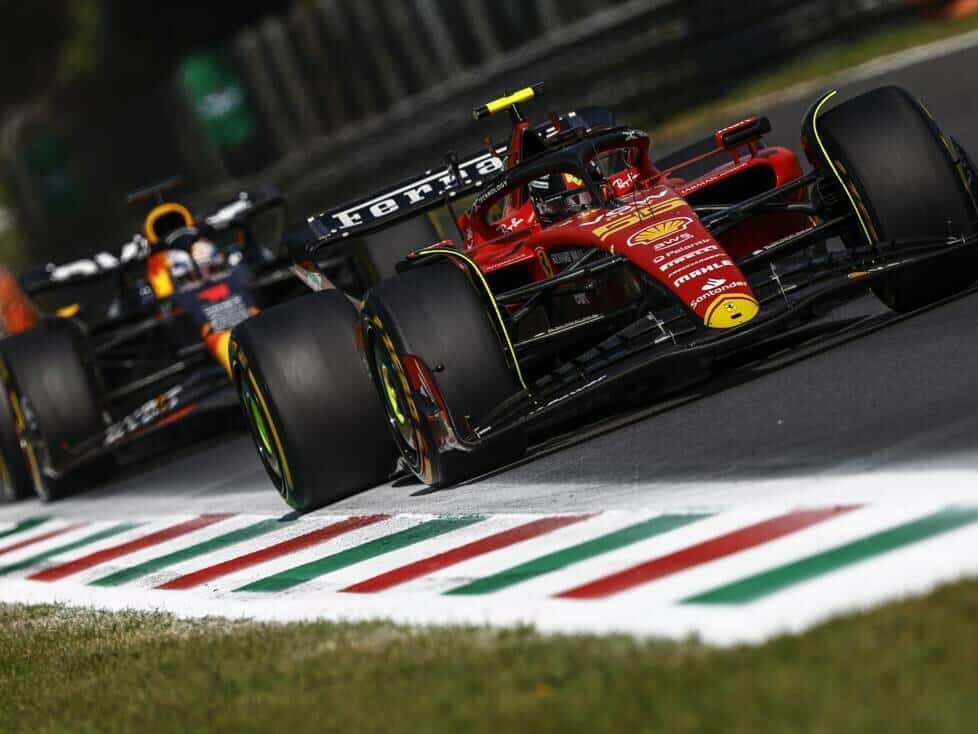What is prompting the World Automobile Federation (FIA) to consider new technical rules for the 2025 Formula One season and what will be better with them
The next major rule change in Formula One will come for the 2026 season, but the Automobile World Federation (FIA) reserves the right to intervene as early as 2025 and enact some new rules.
The reason: More and more drivers are saying that the duel behaviour of the cars has changed. Ferrari driver Carlos Sainz, for example, said after the Italian Grand Prix in Monza: “It’s starting to be like 2020 or 2021 again: chasing is getting difficult.”
Nikolas Tombazis has also recognised this. The head of the Formula One Commission at the world governing body cites the relevant figures: “Formula One cars of 2021 have lost more than 50 per cent of their aerodynamic downforce at a distance of two car lengths behind the car in front. With the [new] cars for 2022 it was only a loss of 20 per cent. We are now at about 35 per cent. “
FIA recognises need to act
So, in conclusion, the situation has “deteriorated”, “Carlos is right on that point.”
The FIA had “realised that we have to act”, but no intervention was possible in the short term: the cars for 2024 are already at an advanced stage of development. Adjusting the rules now would come very late and would probably be very expensive. Not to mention that the Formula 1 teams would probably oppose it.
That is why Tombazis and the world governing body have their sights set on the 2025 season, the last year under the current technical regulations. Then “a number of parts on the car” could be revised. Tombazis explicitly mentions the end plate of the front wing, the side panels of the underbody and fins on the brake shafts as possible starting points.
What the world federation is specifically bothered about
“We could adopt more restrictive rules in these areas. Because it is clear that we have lost the advantage of 2022. That’s why we have to do something,” Tombazis says.
At the heart of the matter is air turbulence, which makes it difficult for following vehicles to keep up with the car in front. And these air turbulences have become much bigger since 2022, because the teams use the front wings more efficiently, for example, and direct the airflow away to the side more effectively.
This is not always what the rule makers have in mind. But: “The rules don’t allow us to go against something we don’t like about the cars,” says Tombazis. He talks about “some interpretations of the aerodynamic rules that we don’t like at the moment”, but doesn’t go into detail.
“Ten per cent” in the regulations are not ideal
Only this much: “To be able to change something about it, we would have to go through all the processes and find a broad majority.” Especially the latter is unlikely. That’s why new rules are supposed to come in 2025.
For Tombazis, however, this is a perfectly normal procedure; after all, the FIA can never correctly anticipate all eventualities of technical development with its rules. It is “not always” possible to achieve the desired goal, he says.
And: “I would estimate that 90 per cent of the rules are the way we wanted them to be. But in retrospect, ten per cent would have been better formulated differently.





